About the Blog: Siju Cave is one of the longest caves in India. Located in the Garo Hills, it is also one of the most researched cave systems in India. It is also known as the Bat cave as it is the home to as many as 9 species of bats. Read this blog to know about Siju Caves, how to reach the place and where to stay and our experience of visiting the Siju Cave.
Meghalaya in Northeast India is known for its caves. Most of these caves in Meghalaya are carved out as water met limestone and sandstone, forming some exquisite structures and some unique ecosystems. While a few of the caves in Meghalaya are quite popular and get a stream of visitors during the tourist season, there are many caves that are yet to be explored and mapped. Siju Cave is one of the oldest caves in Meghalaya to be explored. Located in the Garo Hills of Meghalaya, Siju Cave is a complex cave system and is also one of the longest in India.
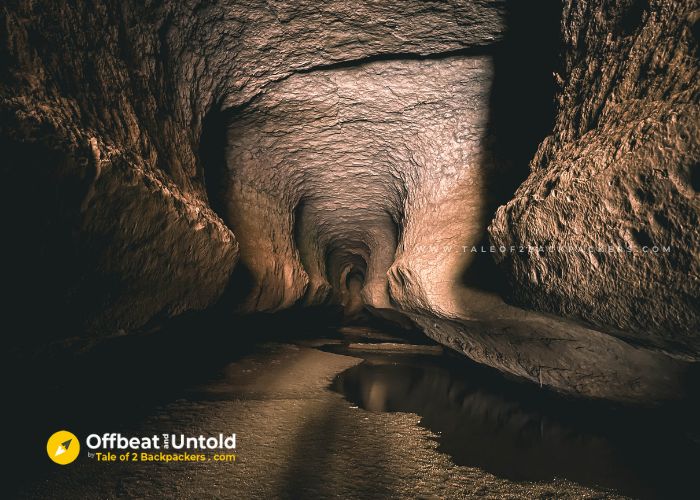
During our trip to the Garo Hills, we explored Siju Caves and the area. Garo Hills are a relatively unexplored region in Meghalaya. Only a few travellers venture into the land of Garos, probably because not much is known about the area. It was a few years back when I wanted to experience a Garo Festival that I travelled to Tura. Once I was there, I was simply overwhelmed with the warmth and hospitality of the Garos. Since then, I had wanted to revisit the place and explore the Garo hills.
Where is Siju Cave located?
Siju Cave is located at Siju in the South Garo Hills of Meghalaya. You can reach the place either from Shillong or Guwahati. Siju cave is accessible by the roads unlike Krem Chympe, for which we had to offroad and trek. Siju is located around 255 km from Shillong and 125 km from Tura, the headquarters of the Garo Hills.
Fun Fact: As per the latest recorded statistics, Meghalaya has 1580 caves, out of which only 980 caves have been explored.
Krem Liat Prah is the longest cave in Meghalaya as well as in South Asia. It is approximately 30 km long.
Siju Cave
Siju Caves is undoubtedly one of the main attractions of the Garo Hills. Also known as Siju Dobakhol (Dobakhol means cave in Garo parlance), it is located near the Napak Lake and Simsang River Game reserve. Like most of the caves in Meghalaya, Siju is also a limestone cave known for its stalactites and stalagmites.
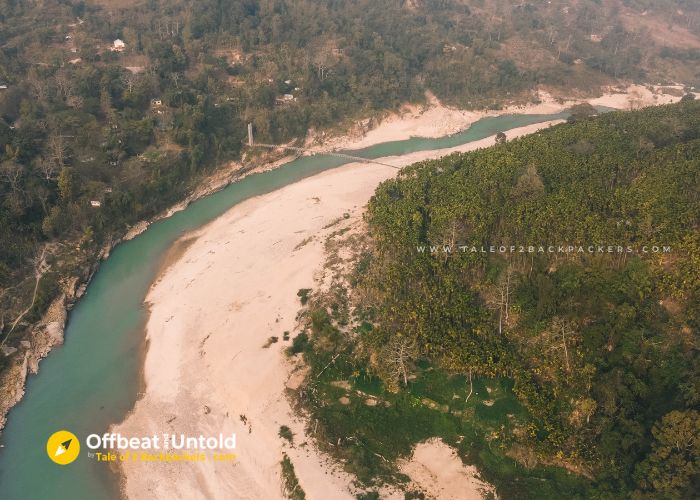
The Siju Cave system is more than 4 km long, but the majority of the cave is filled with water making it inaccessible. While the Siju Cave was known to the local populace for centuries, it was in 1881 when Mr. T. D. La Touche from the Geological Survey of India conducted the first geological expedition inside the cave. He mentioned about a large colony of bats residing inside the cave. In 1922, a team of zoologists from Zoological Survey of India (ZSI), Kolkata conducted an intensive faunal exploration of the cave. The result of the exploration has been published in a series of papers.

This exploration recorded the presence of almost 102 living species residing inside the cave system that also included a few species known for the first time, like a cave dwelling shrimp and a snail species.

Later a team from ZSI Shillong conducted a study on the bat fauna inside the cave, sometime around the late nineties. They found that there are about nine bat species living inside the cave. Later on, many other studies and exploration have been conducted on the Siju cave and its fauna. Siju Cave happens to be one of the most thoroughly researched and explored cave systems in India.
Our Visit to Siju Cave
After our visit to Markham Valley and Nongkhnum Island, we had planned to drive directly to Siju. However, we did not anticipate the road conditions near Nongkhnum Island and the time we would take to explore these places. As usual, we were running late and by the time we reached Siju, it was already dark. All the shops in Siju Market were closed barring a couple of them. We quickly had some dinner at a local eatery and drove towards Siju Tourist Lodge.

From the market, there was a diversion with a well-marked signpost and a gate towards Siju Cave. The cave was about 5 km from the market area.
The Stay – Siju Tourist Lodge
After driving through the roads lined with areca nut plantations, we reached the near the entrance of the Siju Caves. The tourist Lodge is just beside the Siju Cave. We reached there and saw a board pointing towards the Siju Tourist Lodge. We could see a wooden bridge that we have to cross to reach the lodge.

But as we went near the bridge, we saw that there was no clear trail to reach the bridge. There was a wide trench and there was a narrow log of wood across it. To reach the bridge, we would have to tiptoe over the log and then reach the bridge. It was quite dark and I did not want to walk on a narrow log. So the alternate way was to walk down the banks of the Simsang River. Hike up a hillock to reach the tourist lodge. I thought that was the better option in the dark. So we left our luggage in the car and just took only the essentials in our backpack and took the roundabout way to Siju Tourist Lodge.
Apparently, the bridge was the actual path to reach the lodge. However, there was a flood and landslide in the area previous monsoon and the bridge broke down. Infact, a transformer also broke down and now lies half inside the earth! After that they made the makeshift bridge. Since Covid, very few people visited the lodge and so it was not fully repaired.
Exploring Siju Cave
The next morning, we woke up to some great views of the Simsand River. After breakfast, we headed towards the Siju Caves. There is an entry ticket to Siju Cave – INR 20 per head.
There is a newly built adventure park beside the Siju Caves. At the opposite side of the road, I could see the Simsang River, which looked blue and inviting. I was tempted to run towards the river, but the rest of us decided to do caving first. So, caving it was!

We had to venture a few steps to get to the mouth of the Siju Caves. The entrance of the cave looked imposing. We could see a few limestone formations and water was dripping down the entrance of the cave. We looked in only to see a narrow passage that ultimately led to an inky darkness. It seemed as if we were entering the belly of the earth. Or you can also imagine entering the belly of a huge anaconda! Water was flowing on the floor of the cave. The water mainly comes from the river passages of the tributaries of the Simsang River.
Inside the Belly of the Earth

With trepidation, we entered inside the cave. You have to take a guide to explore the Siju Cave. The cave has many passages and labyrinths that can become very puzzling. You can easily get lost inside the caves. Also, a guide can show you the limestone formations and tell you facts about the Siju Cave.
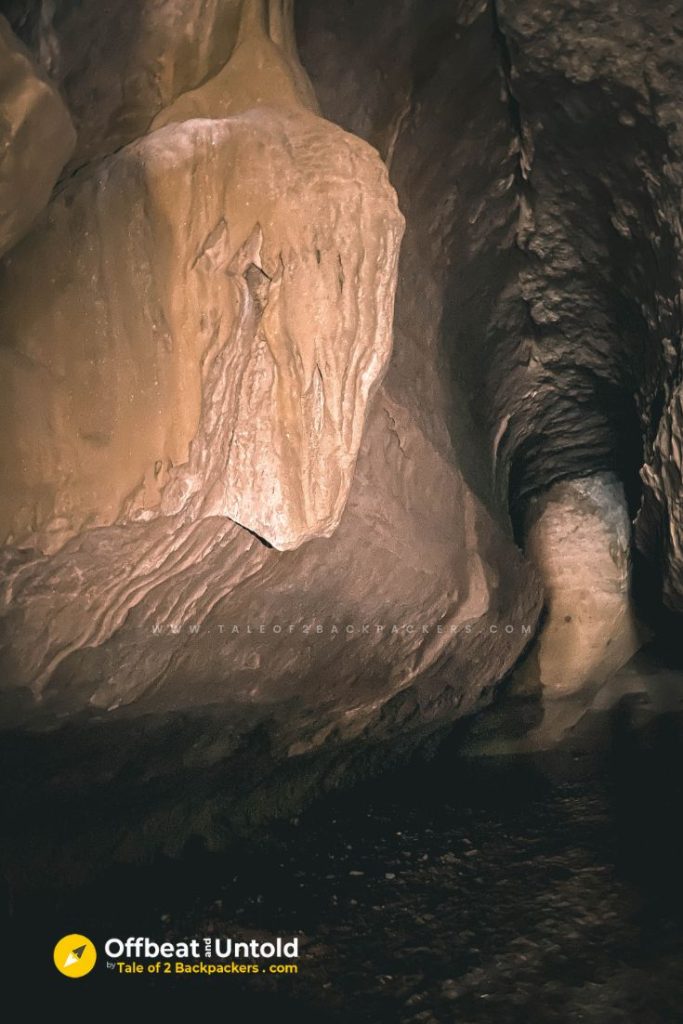
As we entered the cave, we were simply drawn towards the roof of the cave. Looking in front, the place looked absolutely mesmerizing. As we kept going inside the cave, it became darker. Our eyes also got adjusted to the creeping darkness. We had carried headlamps, but they were not quite sufficient to provide us proper light. We also had to keep an eye on the water beneath our feet. At places, the water was high enough to reach our calves.

Colony of Bats
Soon, we heard a strange humming sound as well as a strong odour. That was the sound of the bats! Siju cave is the home to large colonies of bats and so the cave is also known as the Bat Cave.
After a certain point, our guide asked us to look up towards the ceiling. We looked up to inky darkness, but as soon as our eyes got adjusted, we could see hundreds of yellow glowing dots. I was intrigued seeing them, but soon realized that we were looking at the glowing eyes of hundreds and thousands of bats.
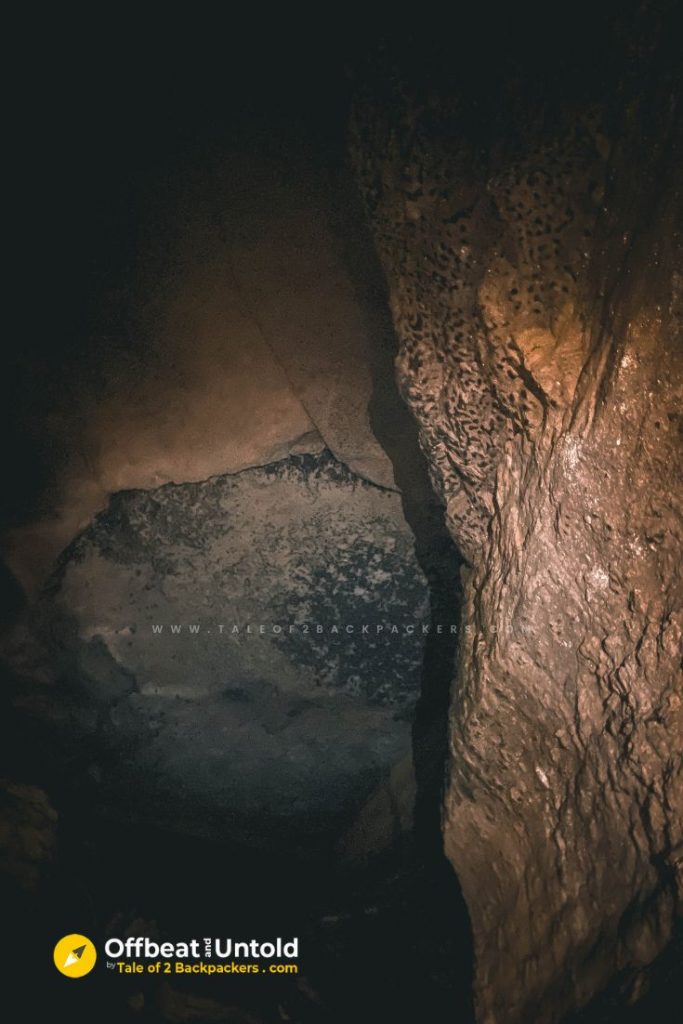
On pointing our headlamps and mobile torches, we could see thousands of bats hanging from the roof of the cave. Many were simply flying around. I had never seen so many bats together, ever! Unfortunately, the light was too poor to capture photographs. But the memories are intact and hopefully will remain so for a long time to come.

We explored the place for some more time, wading through water and jumping over rocks. Finally we retraced our steps and came out of the Siju cave with an eerie feeling. The cave is huge. We only visited a small part of the cave.
Simsang River and Siju Bird Sanctuary

Soon we went towards the banks of the Simsang River. On the other bank of the river is the Siju Bird Sanctuary. You can take a boat and go on the other bank to visit the bird sanctuary. There are a few other limestone rock formations on the other side of the river as well. The bird sanctuary houses many migratory bird species like Siberian ducks, Grey hornbills and spoonbills. Other endemic species like hornbills and peacock pheasants are also found in the Siju Bird Sanctuary. Primates like Hoolock Gibbon, slow loris and langurs are also found there.

We did not have time, so we had to skip Siju Bird Sanctuary. Hopefully, we will be back here again to visit this wonderful place. We spent some time at the river bank and then went on further to visit the Siju Rock Formation or the Rongchang Rock Formation.
Rongchang Rock Formation

Rongchang Rock Formation is a series of rocks that has a unique shape and size. There is an entry gate and a ticket counter, but we did not see anyone at the counter. So we simply entered, walked down the cobbled path to reach the rock formation.


The rocks, mainly limestone, are formed in various peculiar shapes. Some of them are huge in size, having a narrow path in between. It seems that you are entering a canyon. Yet, there are rocks that look like a giraffe. We went and explored the place marveling at natures’ unique creation. I wanted to know more about the place. But did not find anyone who could tell me about the rock formations or when and how it formed. Perhaps it is the work of nature through millions of years. Just as the Siju Cave was formed, the Rongchang Rock Formation also came into being.


This place is usually skipped by the visitors while visiting Siju Cave. This is an interesting place. So if you are visiting Siju, do not miss the Rongchang Rock Formation. It will fall on the way towards Siju Cave.
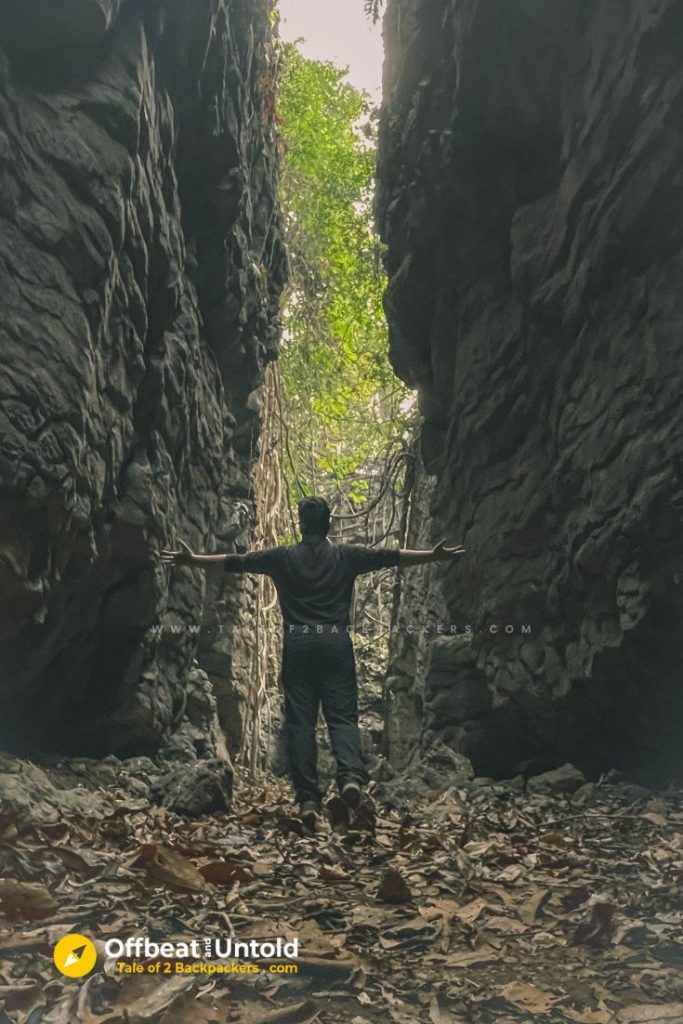
After our visit to Siju, we were again on the road, this time driving towards Emangre, a small village in South Garo Hills. From Emangre, we would be visiting Wari Chora the next day. But that is a story for another time.
In Conclusion
A visit to Siju Cave was quite intriguing. While caving is not an adventure activity that I am overly fond of, this time our trip to offbeat places in Meghalaya involved two caves. While we did not explore Chympe Caves, the path to it was truly adventurous and thrilling. Siju Caves are also a good place to visit. And Simsang River was extremely beautiful. Overall, it was quite an eventful trip at Siju, before going towards Wari Chora.

Siju Cave Travel Guide
How to Reach Siju Cave?
To reach Siju Cave, you have to first reach either Guwahati or Shillong. Siju Cave is about 200 km from Guwahati and 260 km from Shillong by road. You can hire a car from either Guwahati or Shillong to reach Siju. I did not find any reliable public transport in the area.

You can also arrive at Tura, the largest town in Garo Hills and then visit Siju. Tura is about 125 km from Siju Cave.
What is the best time to visit?
The best time to visit Siju cave is the winter and spring season. The dry months from November to March are the ideal time. During the monsoon months, the cave will have more water and it will be difficult to explore.

Where to stay at Siju?
Siju Tourist Lodge is located just by the Siju Caves. It is a government run property at an excellent location having lovely views of the Simsang River. The tariff for a double bed room is INR 1500.
We did not see any other accommodation options at Siju.
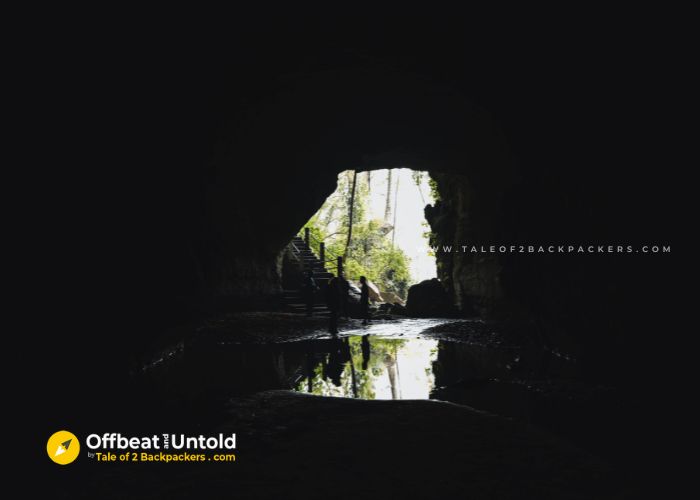
Tips for visiting Siju
- Please carry headlamps or torches if you want to explore inside the cave. The interior is quite dark and you will not be able to see anything with naked eyes.
- Take the help of a local guide. The cave has many passages and labyrinths and it is easy to get lost inside.
- If you want to explore the caves, be prepared to wade through knee-deep water. So, it is better to carry an extra pair of clothes with you for changing. You can carry gumboots if you want.
- If you are claustrophobic, it is better to avoid entering into the interiors of the cave.
- Siju Cave, though not remote, does not have many options for local transport. It is better to rent a car and visit the place.
- While visiting the Siju Cave, do not miss the Rongchang Rock Formation. It is another interesting place to visit.
Hope you liked this blog on Siju Cave. If you found this useful, please share it with your family, friends and neighbours.
Pin it for a later read!




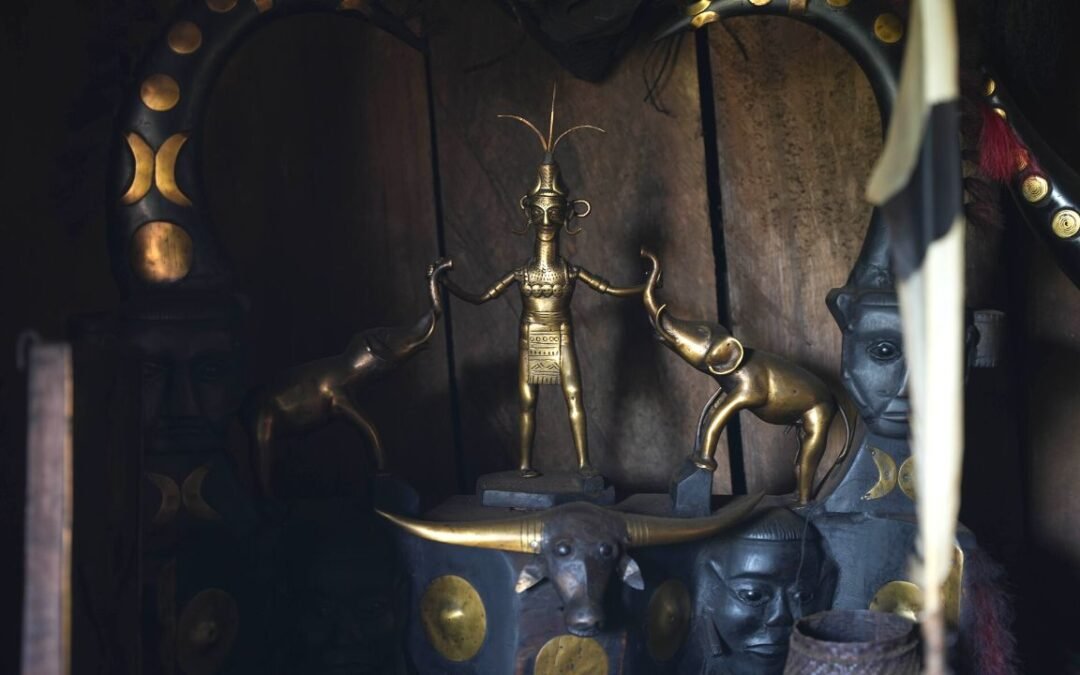
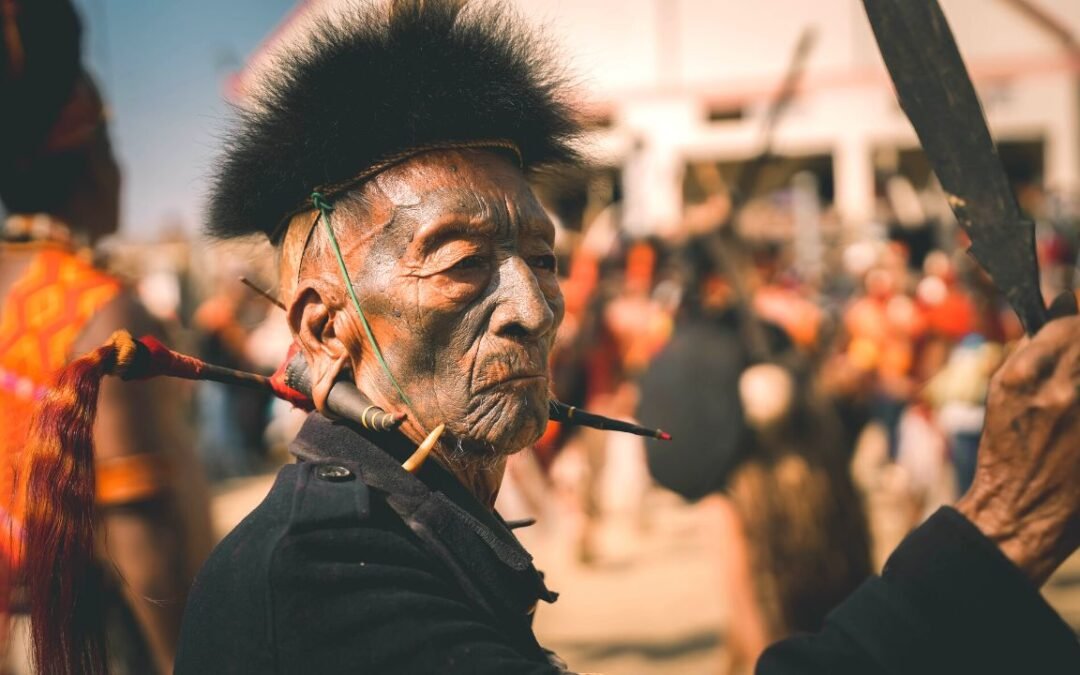
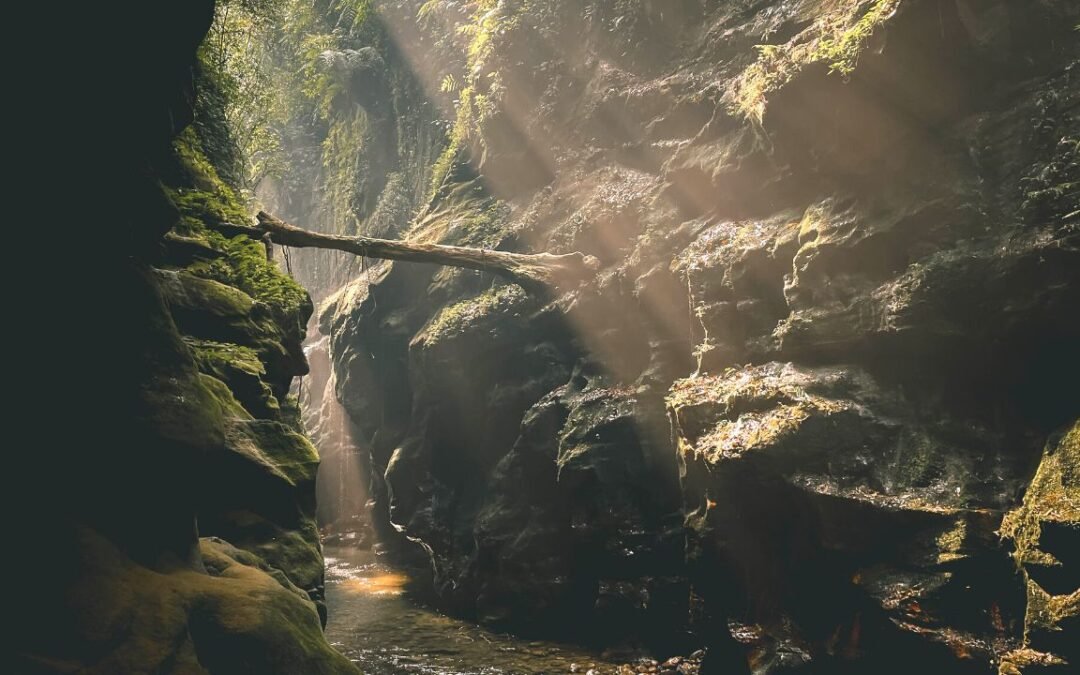
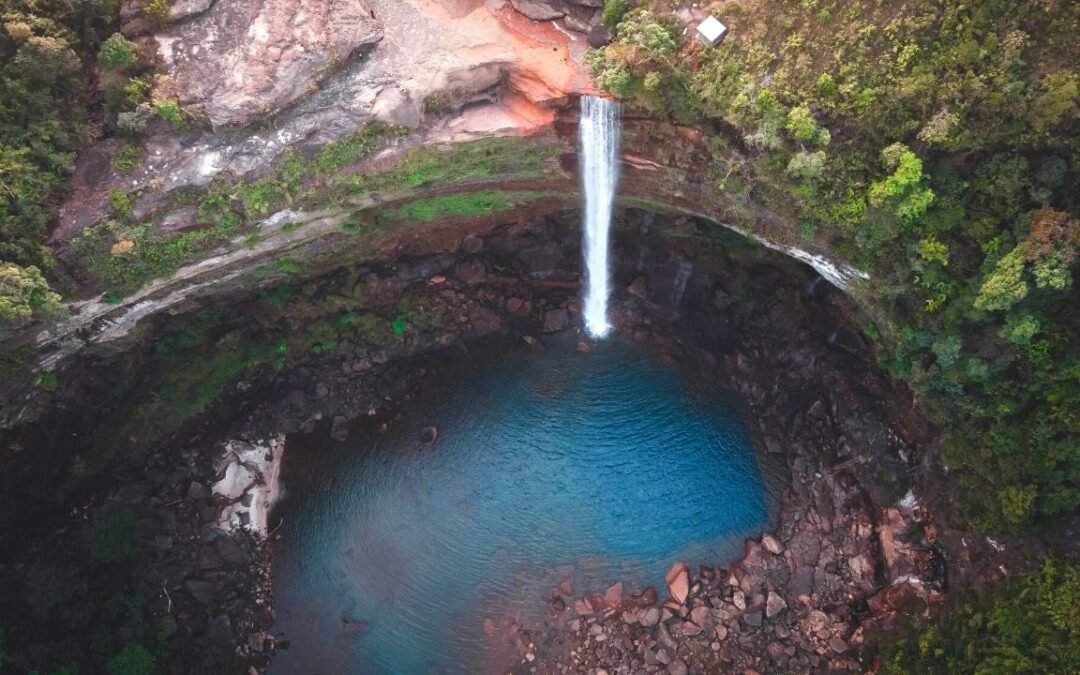
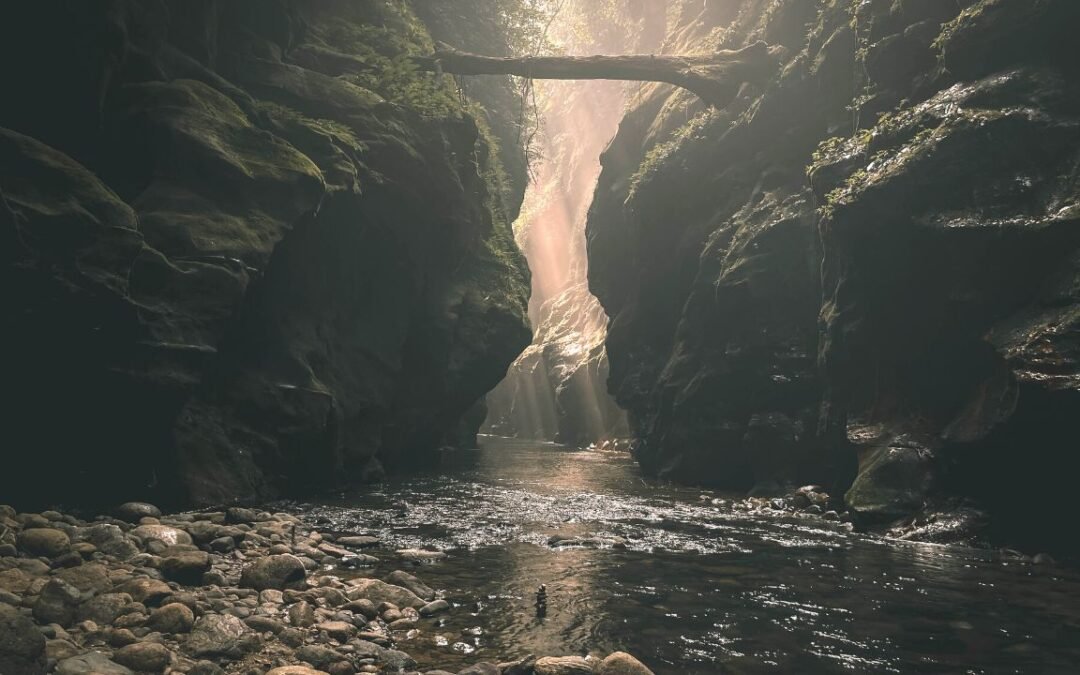
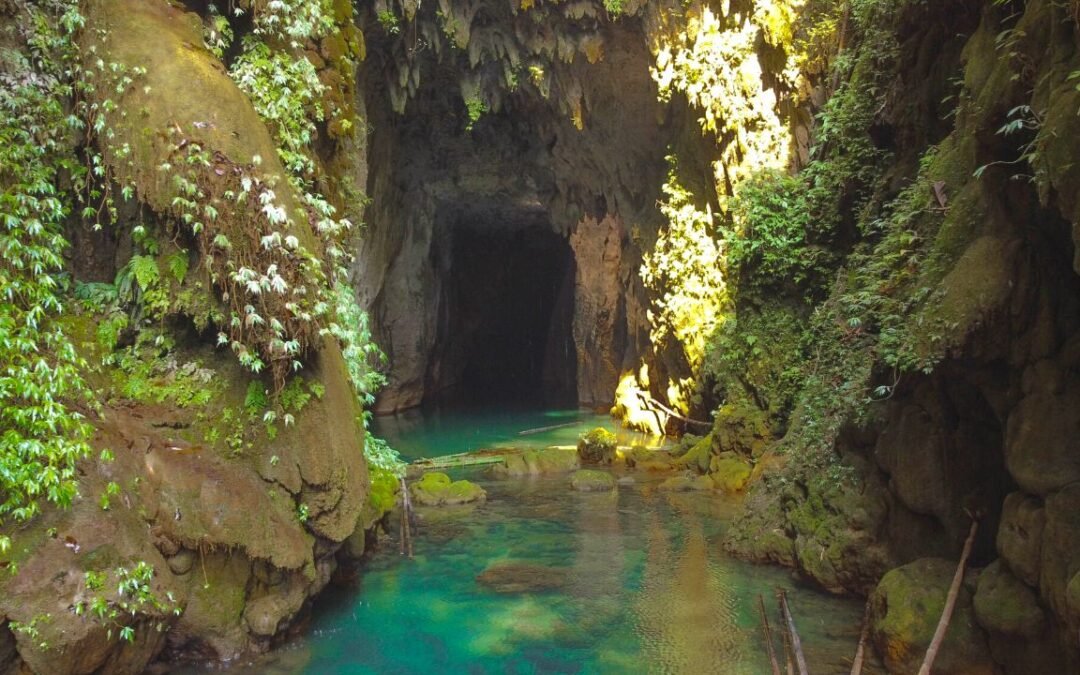
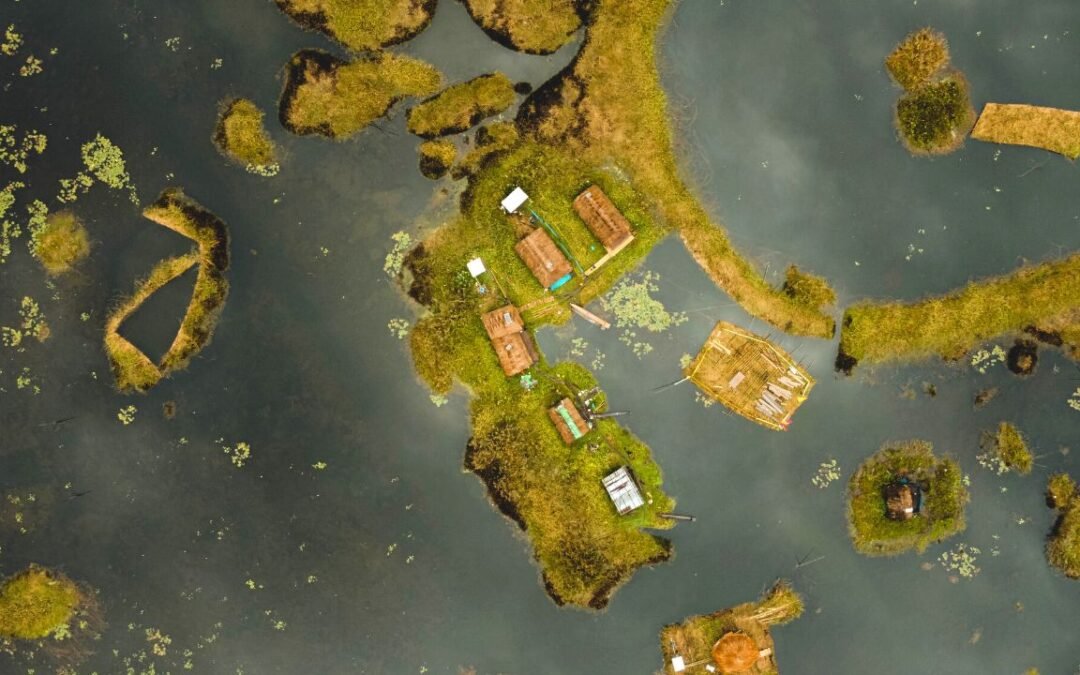
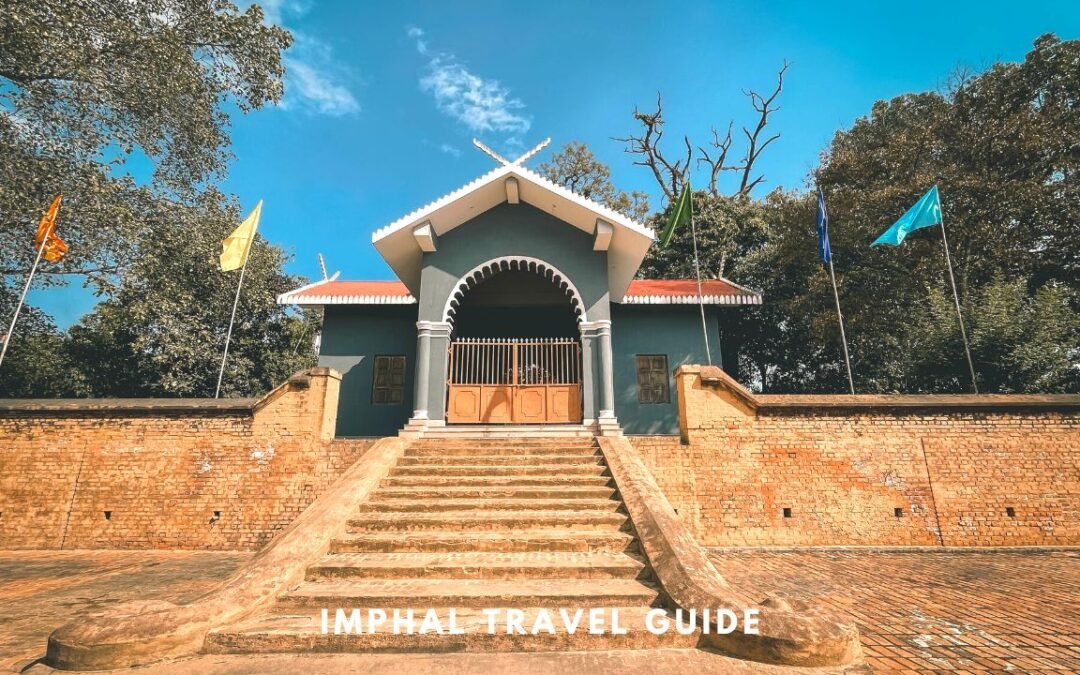
0 Comments